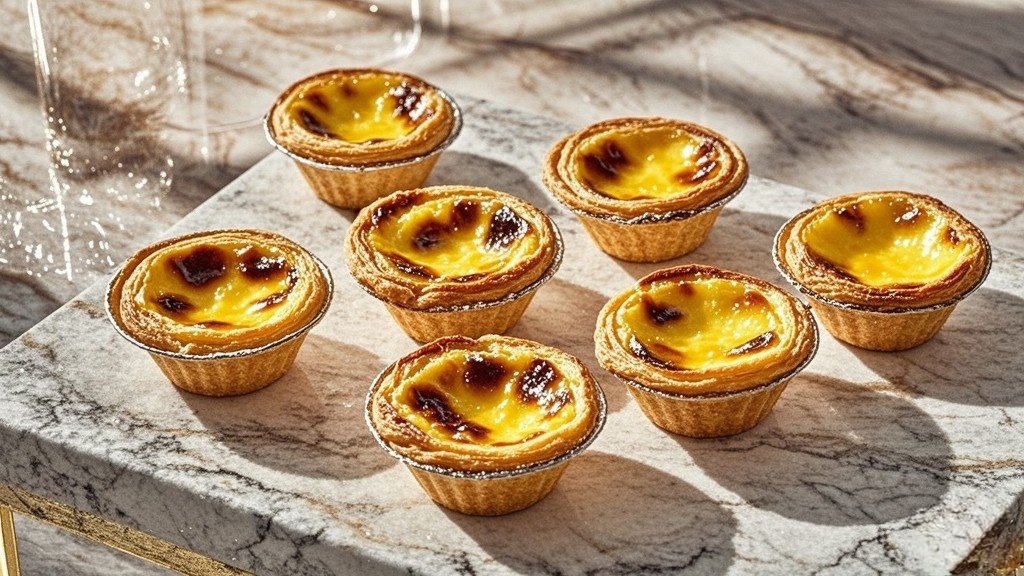portuguese custard tarts mary berry
I. Introduction
Mary Berry is a well-loved figure in British cooking who has inspired home cooks for many years with her easy-to-follow recipes and classic techniques. Her friendly personality and knowledge have made her a household name, especially for comfort food. One of her famous recipes is the Portuguese custard tarts, or “Pastéis de Nata.” These tasty treats are popular for their flaky crust and creamy filling. This recipe not only has a rich history but also includes some helpful nutrition facts and a vegan version for those who want an alternative.
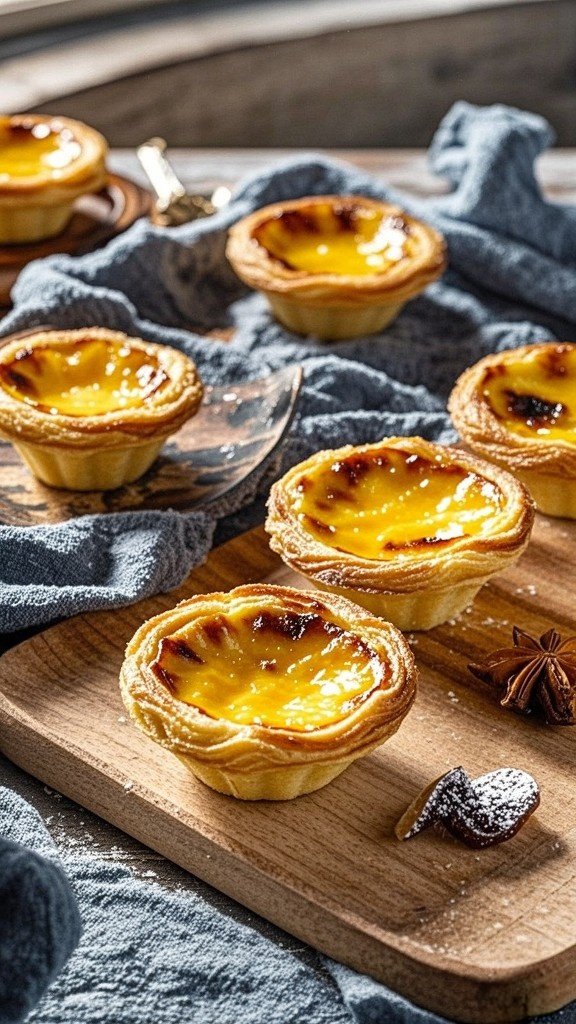
II. Mary Berry’s Unique Approach & Historical Context
Mary Berry is known for her focus on using great ingredients. Her take on Portuguese custard tarts shows this idea by using fresh eggs, good milk, and real vanilla. The history of Pastéis de Nata goes back to the 18th century in Portugal, particularly connected to the Jerónimos Monastery in Lisbon. The monks made these pastries to use up leftover egg yolks, which was common in many old recipes. Over time, they became a popular Portuguese snack, with different versions popping up around the world.
Mary Berry’s recipe respects the history of the dish while adding her own special twist. She makes sure that the tarts not only taste traditional but also appeal to modern tastes.
III. Notices on Ingredients & Equipment
Ingredients:
- For the Pastry:
- 250g all-purpose flour
- 125g unsalted butter, chilled and diced
- 1/4 tsp salt
- 60ml cold water
- For the Custard Filling:
- 300ml whole milk
- 100ml double cream
- 100g sugar
- 6 large egg yolks
- 1 tsp vanilla extract
- 1 tbsp cornflour
Equipment:
- Rolling pin
- 12-hole muffin tin
- Mixing bowls
- Whisk
- Saucepan
- Fine sieve
IV. Recipe Instruction
Step 1: Prepare the Pastry
Mix the Dry Ingredients: In a mixing bowl, combine 250g all-purpose flour and 1/4 tsp salt.
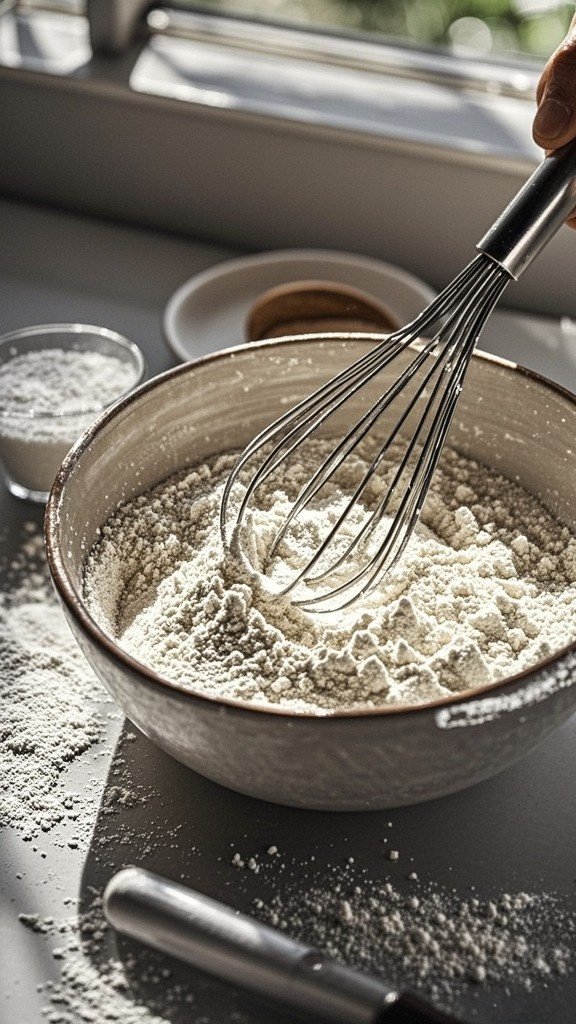
Add Butter: Add 125g chilled diced butter and rub it into the flour until it resembles breadcrumbs.
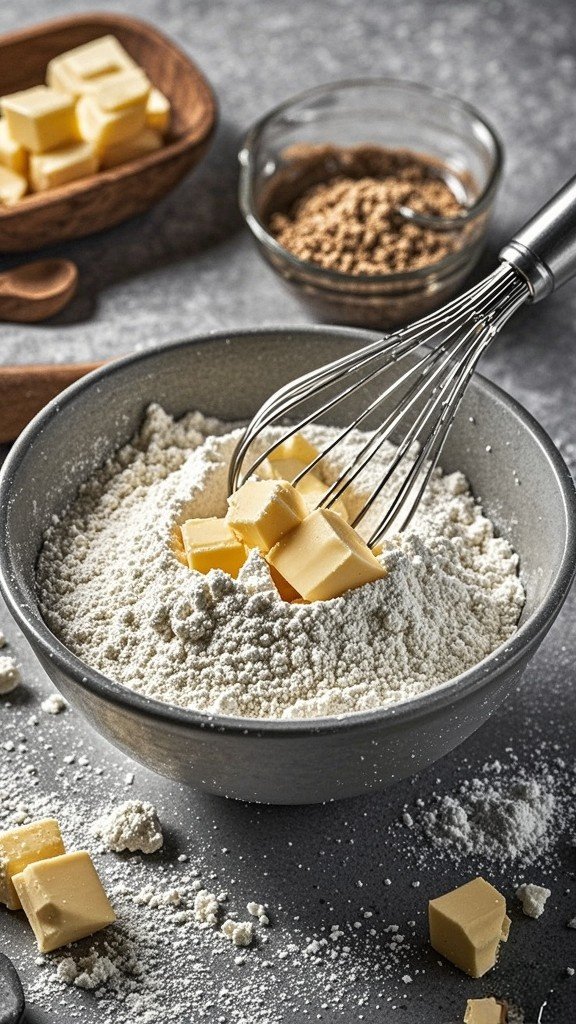
Add Water: Gradually add 60ml cold water, mixing until the dough comes together.
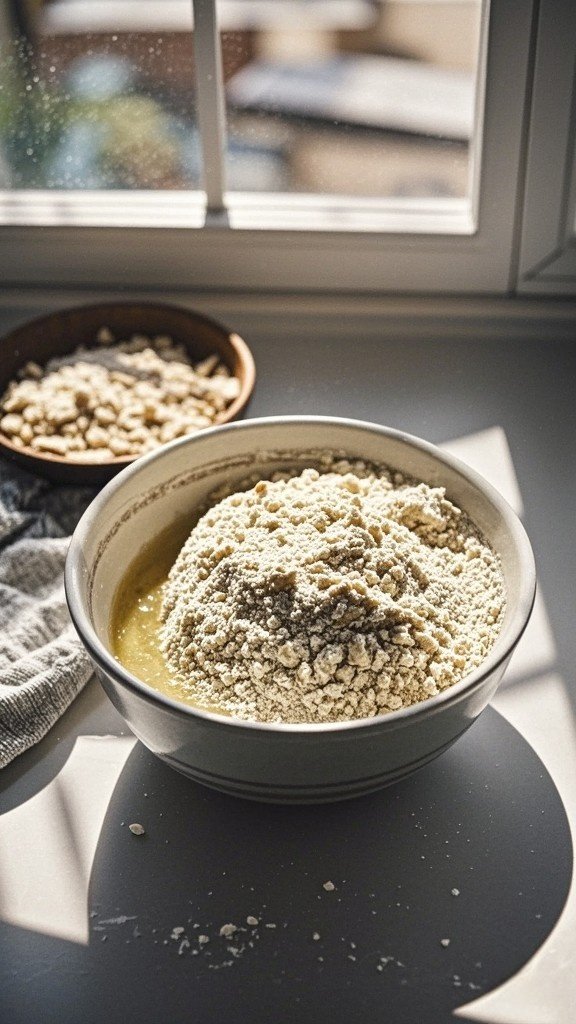
Chill the Dough: After this, Wrap the dough in cling film and refrigerate for at least approximately 30 minutes.
Step 2: Make the Custard Filling
Heat Milk and Cream: In a saucepan, combine 300ml whole milk and 100ml double cream over medium heat until just boiling. Remove from heat.
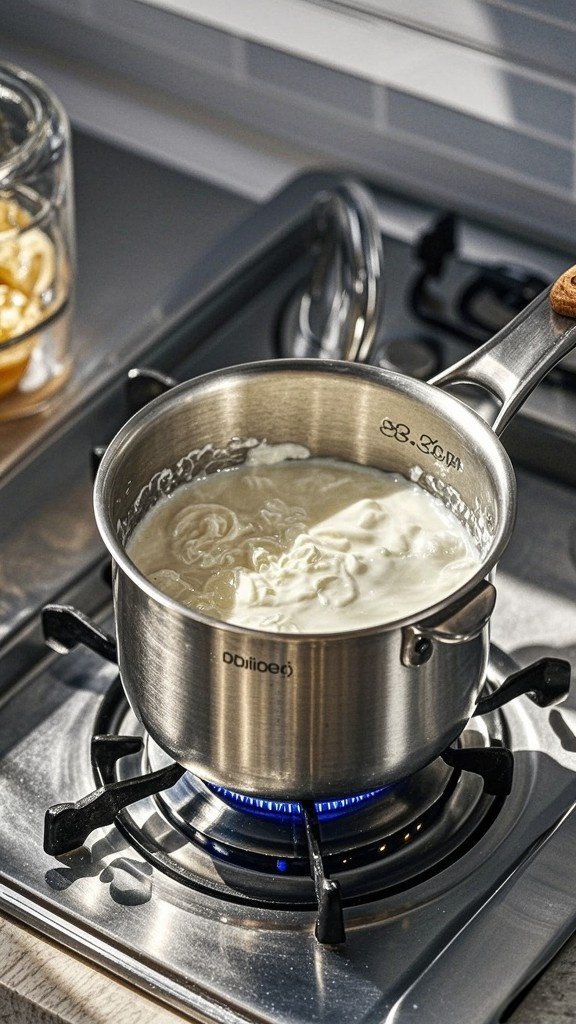
Whisk Egg Yolks: In a bowl, whisk together 100g sugar, 6 large egg yolks, 1 tsp vanilla extract, and 1 tbsp cornflour until smooth.
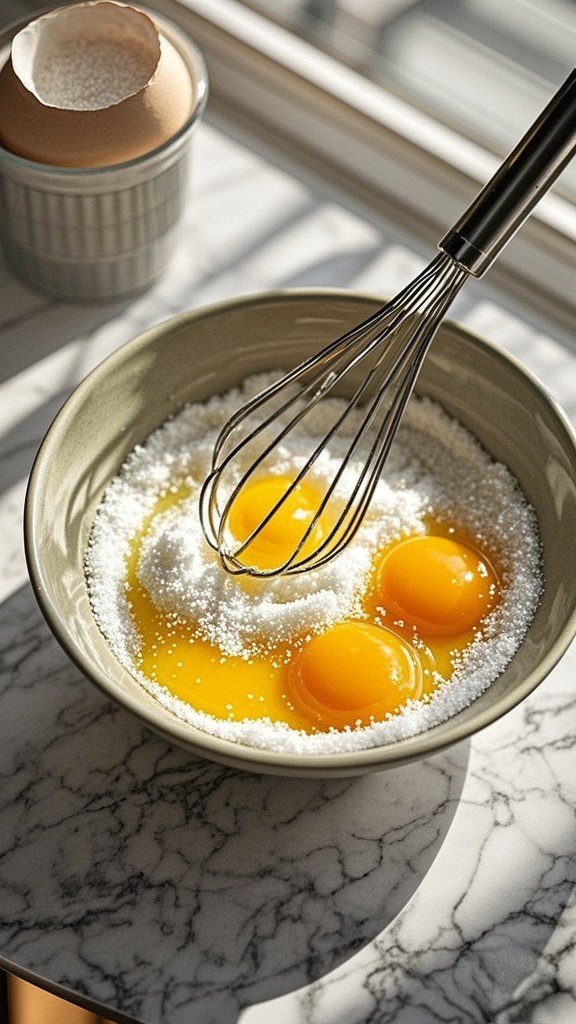
Combine Mixtures: Gradually pour the hot milk mixture into the egg mixture, whisking continuously to avoid curdling.
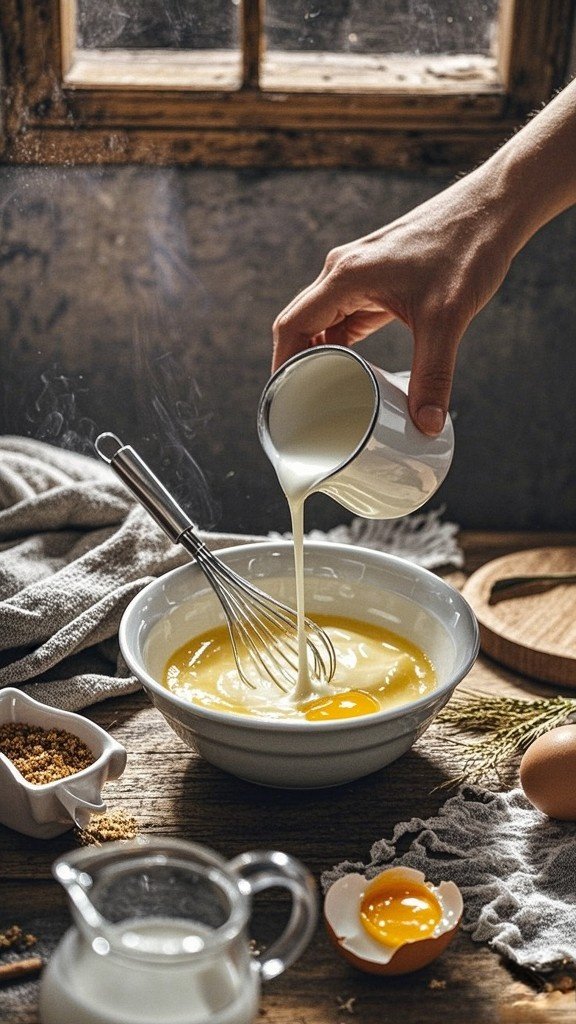
Strain the Custard: Pass the mixture through a fine sieve into a jug to remove any lumps.
Step 3: Assemble the Tarts
Roll the Pastry: On a floured surface, roll out the chilled pastry to about 3mm thick. After this,Cut out circles to fit the muffin tin.
Line the Tin: Press the pastry circles into the 12-hole muffin tin, ensuring they cover the sides.
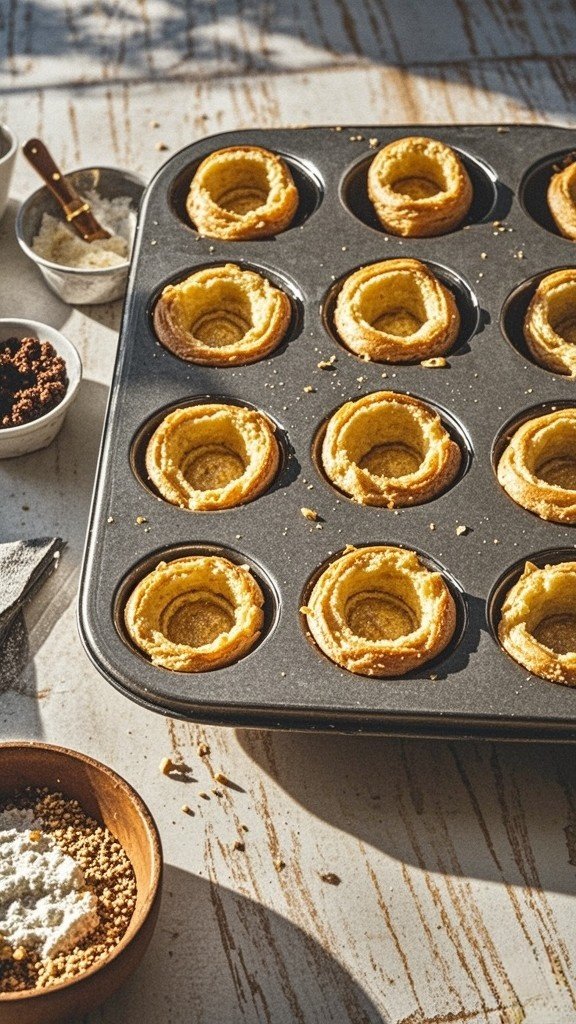
Fill with Custard: Pour the custard mixture into each pastry case, filling them about 3/4 full.
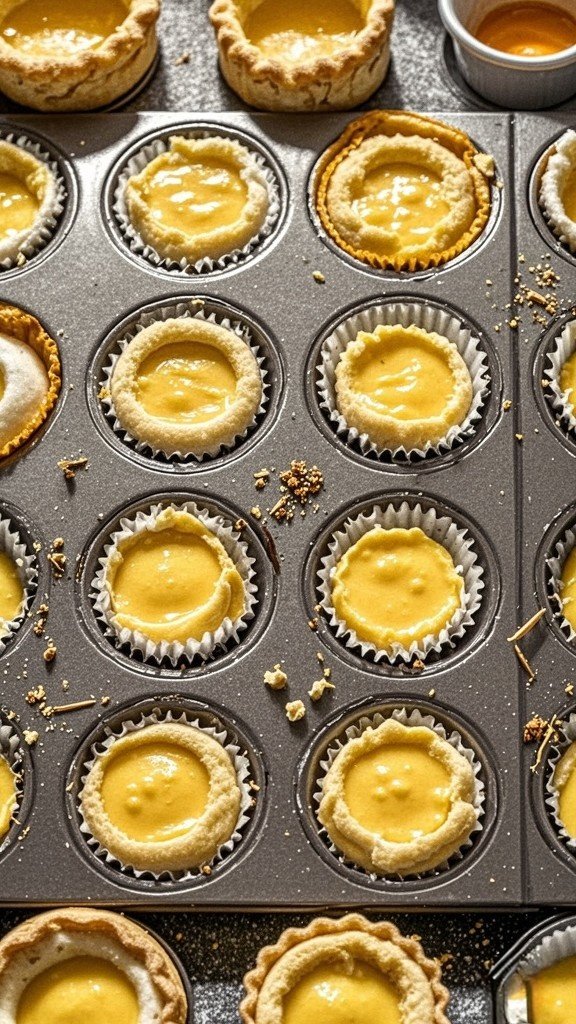
Step 4: Bake
Bake the Tarts: Preheat the oven to 200°C (180°C fan) and bake the tarts for 20-25 minutes until the tops are golden and slightly caramelized.
Cool and Serve: Allow the tarts to cool slightly before removing from the tin. Serve warm or at room temperature.
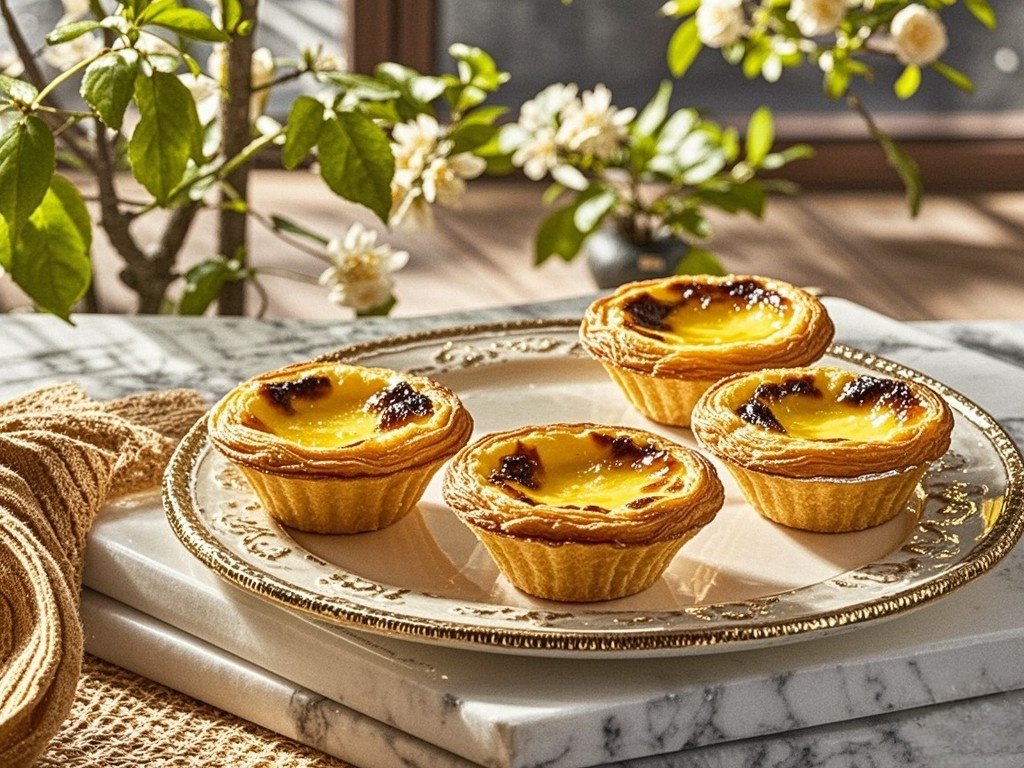
V. Flavor Profile & Nutritional Information
The Portuguese custard tarts are characterized by their contrasting textures: a crisp, flaky pastry and a creamy, smooth filling. The flavor profile combines sweetness with a hint of vanilla and the richness of cream.
Nutritional Information (per tart):
- Calories: 210
- Fat: 12g
- Protein: 3g
- Carbohydrates: 22g
- Sugars: 8g
VI. Tips for a Perfect Custard Tart
- Avoid Watery Sauce: Ensure the custard is fully cooked before pouring it into the pastry.
- Enhance Flavor: Use aged cheddar for depth or add a sprinkle of nutmeg for warmth.
- Variations: Experiment with different cheeses, herbs, or spices to create unique flavors.
VII. Alternatives (Vegan and Non-Veg)
Vegan Custard Tarts
Ingredients:
- Replace dairy milk with almond milk.
- Use a vegan butter substitute for the pastry.
- Substitute egg yolks with a mixture of cornstarch and water (1 tbsp cornstarch + 3 tbsp water).
Instructions:
Follow the same steps as above, adjusting for the vegan ingredients.
VIII. Recipe Variations & Serving Suggestions
Consider serving the tarts with a dusting of powdered sugar or a dollop of whipped cream. Add fruits like berries on the side for a fresh contrast.
IX. Storage & Reheating Instructions
Store leftover tarts in an airtight container in the refrigerator for up to approximately 3 days. To reheat, place in a preheated oven at 180°C for about 10 minutes.
X. Frequently Asked Questions (FAQ)
- Can I freeze the tarts? Yes, you can freeze the unbaked pastry shells. If your pastry is frozen, bake it as usual, but add a little extra time.
- What can I substitute for vanilla extract? You can use vanilla bean paste or the seeds from a vanilla pod for a more intense flavor.
- How do we prevent the pastry from becoming soggy? Blind bake the pastry for 10 minutes before adding the custard to create a barrier.
XI. Conclusion & Call to Action
Mary Berry’s Portuguese custard tarts are a testament to her culinary prowess and passion for baking. Their deliciousness and versatility make them a must-try for any home cook. We encourage you to try this recipe and share your feedback with us. For more delightful recipes, visit our website!
